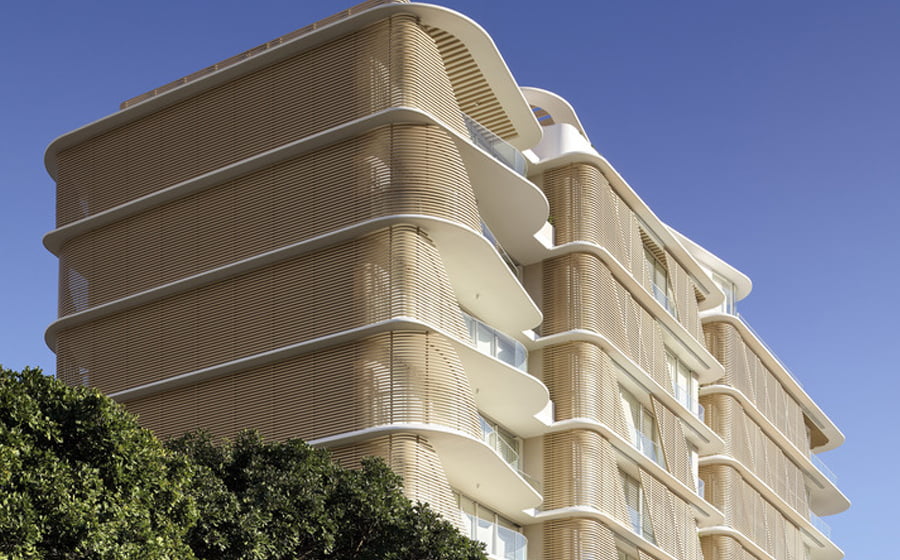
In an era where indoor air quality and building health are paramount concerns, Sick Building Syndrome (SBS) has emerged as a significant threat to occupant wellbeing and property values.
SBS is a condition where building occupants experience health issues and discomfort that appear to be linked to time spent in a particular building.
Symptoms can include headaches, eye irritation, fatigue, and respiratory problems.
The syndrome affects a substantial portion of workers, with reports indicating up to 60 per cent of employees in newly constructed or renovated buildings may experience symptoms.
The impact of SBS extends beyond health concerns, affecting productivity and potentially leading to property devaluation.
It is estimated that up to 20 per cent of buildings worldwide may have conditions conducive to SBS.
Leon Ward, Regional Lead for PlanRadar Australia + New Zealand said the increasing awareness of SBS worldwide is driving demand for healthier buildings.
“We are observing that this trend is increasingly influencing global real estate markets, as investors and occupants alike will prioritise buildings that offer healthier environments for occupants.”
Managing indoor spaces, enabling property managers to monitor building conditions, schedule regular maintenance, and quickly identify and address potential issues not only help prevent SBS but also contributes to maintaining and enhancing property values.
Ward noted the increasing role of technology in addressing SBS: “Digital real estate and facility management platforms are proving to be vital in identifying and mitigating the factors that contribute to Sick Building Syndrome, such as poor air quality and inadequate ventilation.
“The adoption of these systems allows for more precise control over building systems, continuous monitoring and adjustment capabilities, and enable prompt interventions to reduce health and safety risk.”
As awareness of SBS grows, so does the demand for solutions that prioritise indoor air quality and occupant health.






